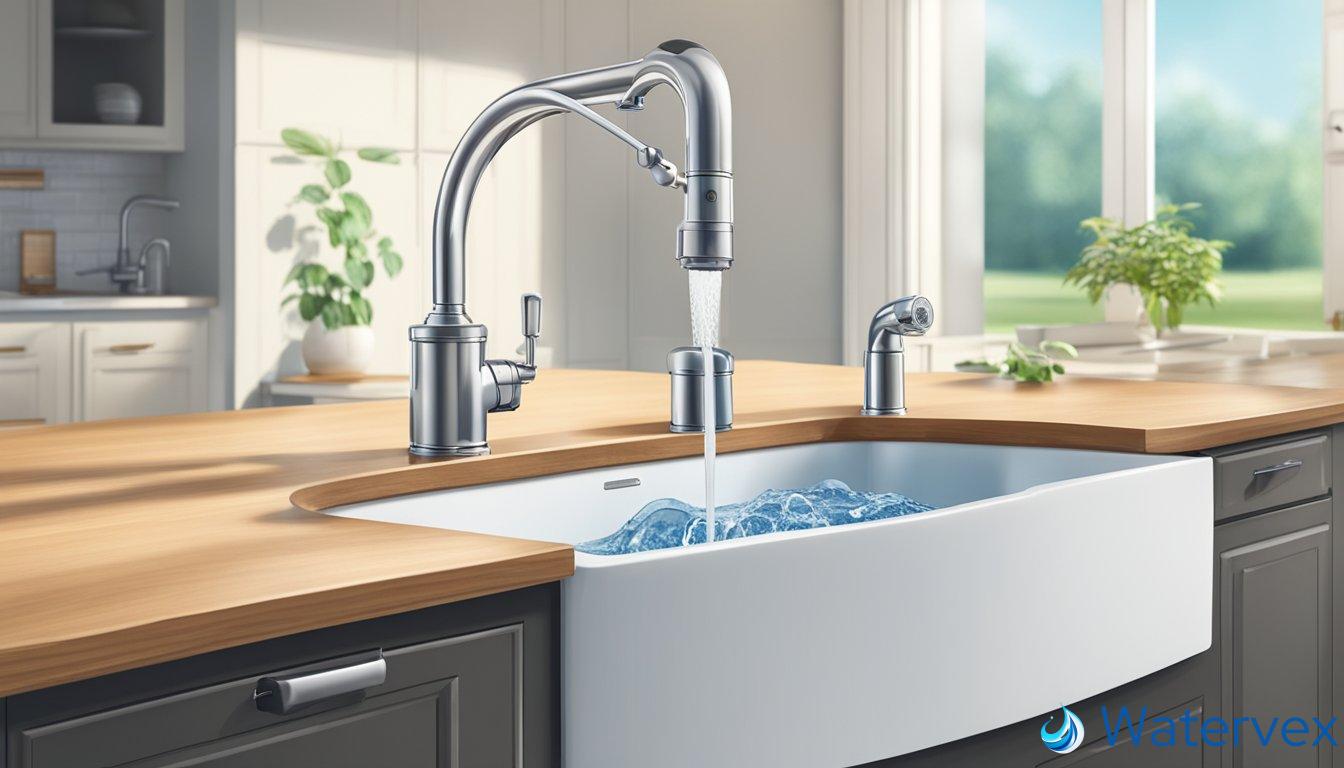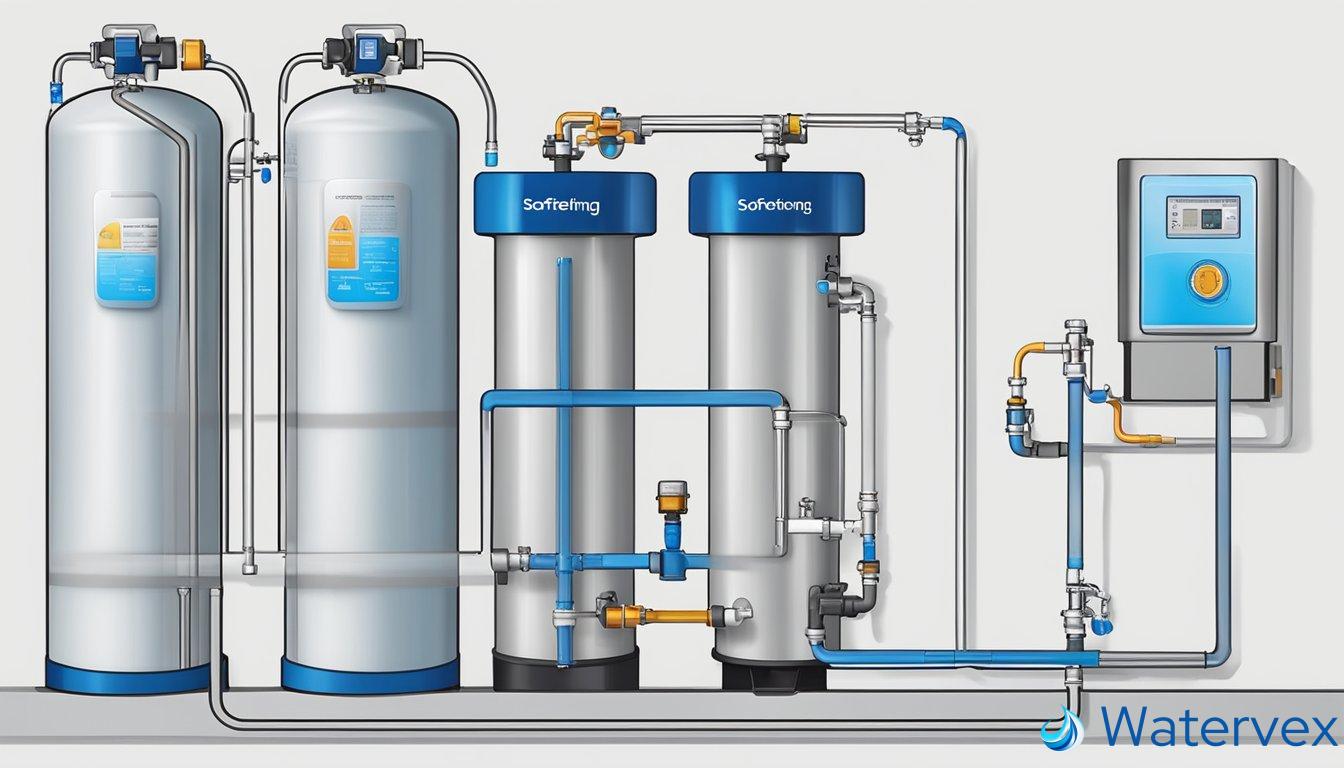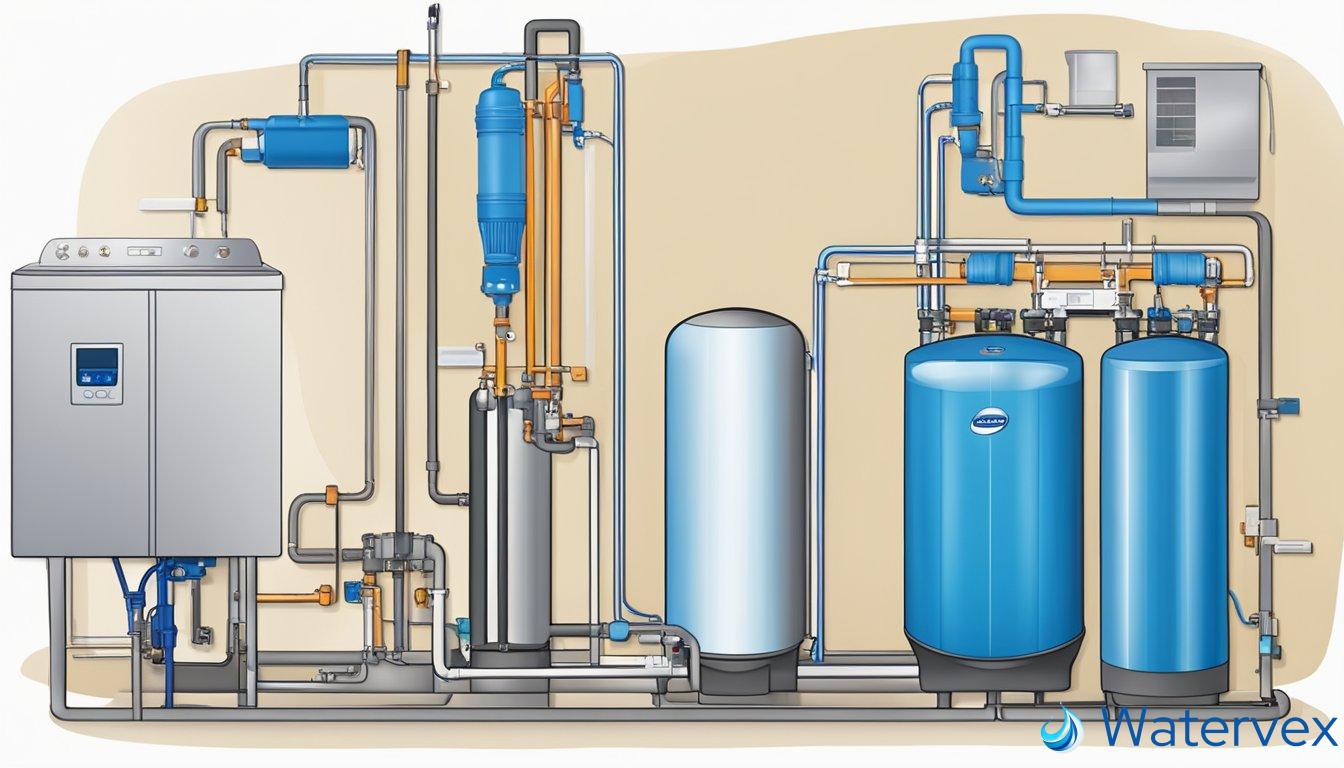When considering water purification for your home, you may wonder whether pairing a water softener with a reverse osmosis system is necessary. Reverse osmosis effectively filters out a wide range of contaminants to provide clean and safe drinking water. It works by forcing water through a semipermeable membrane, which removes impurities such as sediment, chlorine, and some bacteria. However, this process does not address water hardness, a prevalent issue caused by minerals like calcium and magnesium.

Water softeners, on the other hand, specifically target these minerals, preventing scale buildup in pipes and appliances. By exchanging hard minerals with sodium ions, water softeners address a different set of concerns compared to reverse osmosis systems. For homes with hard water, incorporating both systems can lead to a comprehensive solution, enhancing the performance and longevity of the reverse osmosis system, as well as safeguarding plumbing and household appliances.
Key Takeaways
- Reverse osmosis provides clean drinking water by removing various contaminants.
- Water softeners combat hard water issues, protecting plumbing and appliances.
- Integrating both systems can lead to optimal water quality and treatment efficiency.
Understanding Reverse Osmosis and Its Role in Water Treatment
Reverse osmosis is a sophisticated process that addresses your home’s water treatment needs by targeting and removing specific contaminants.
What Does Reverse Osmosis Do to Hard Water Minerals?
Reverse osmosis (RO) is a filtration method that plays a critical role in reducing hard water minerals such as calcium and magnesium. During this process, water is pushed through a semipermeable RO membrane.
- Calcium and magnesium are unable to pass through this membrane, effectively removing these minerals from your water.
- The result is soft water free from dissolved solids that commonly contribute to scale buildup and appliance damage.
This filtration doesn’t add sodium to the water as traditional softeners do, making it a suitable option for those concerned about sodium intake.
The Importance of RO Membranes in Removing Contaminants
At the heart of an RO system is the RO membrane:
- Purified Water: The membrane acts as a barrier against various contaminants, ensuring that the water you drink is purified.
- Filtration Stages: High-quality RO systems, like those from APEC Water Systems, include multiple filtration stages, which may consist of sediment filters and carbon filters to tackle a broad spectrum of impurities.
The RO membrane is so fine that it can remove particles as small as a single molecule. By the time water has passed through the RO system, it has been stripped not just of minerals that cause hardness but also of a wide array of contaminants, yielding water that’s safe and pleasant to drink.
Water Softening Techniques & Their Relationship with RO Systems

Understanding the interplay between water softeners and reverse osmosis (RO) systems is crucial for ensuring the longevity of your appliances and the efficiency of your water purification process. The techniques involved in softening hard water can greatly complement the functionality of RO systems.
Is a Water Softener Necessary When Using a Reverse Osmosis System?
When addressing the issue of hard water, a water softener operates on the principle of ion exchange. This process essentially swaps hard water minerals like calcium and magnesium with sodium ions from resin beads. The interaction prevents scale buildup in pipes and appliances, which is paramount because these minerals can reduce the performance and lifespan of household utilities.
In contrast, a reverse osmosis system meticulously filters out contaminants by forcing water through a semipermeable membrane. While RO can manage a spectrum of impurities including lead and nitrates, it might be less effective if the water is very hard. Minerals like calcium and magnesium can damage the delicate RO membrane over time and may necessitate more frequent maintenance of the system.
By integrating a whole house water softener before your RO system, you alleviate the burden on the RO unit. The pre-softened water now carries significantly less hard water minerals, which means the RO system can work more efficiently and with less wear. This pairing not only extends the lifespan of the RO system’s membrane but also ensures that your household’s water is both soft and free from a wide range of contaminants.
The brine solution used in regenerating a water softener’s resin bed might raise concerns about salt content in water. However, the amount of sodium added to the water through a water softener is minimal, especially when considering the RO system’s capability to remove sodium. The net result is water that is kind to your skin, hair, appliances, and safe for consumption.
Impact of Reverse Osmosis and Softeners on Home Appliances and Plumbing

When contemplating the integration of water treatment systems, it’s crucial to understand their specific impact on home appliances and plumbing. These systems can significantly influence the longevity and efficiency of your household fixtures.
Can a Reverse Osmosis System Protect Home Appliances Alone?
Reverse osmosis systems are effective at removing a variety of contaminants from your water, such as sediment, chemicals, and even dissolved solids. This advanced level of water filtration can markedly enhance the purity of water that enters your home appliances, potentially reducing the risk of mineral deposits and extending appliance lifespan.
However, reverse osmosis alone may not always safeguard appliances from scale buildup. This is a particular concern if you have hard water—water high in calcium and magnesium. In these cases, a water softener becomes an essential counterpart to a reverse osmosis system. Appliances such as dishwashers, washing machines, and water heaters can suffer from scale, which may lead to increased energy costs due to inefficiency and the potential for early breakdown.
A water softener adds an extra layer of protection by removing the hardness before water even passes through your reverse osmosis system. By doing so, it helps prevent mineral deposits and corrosion in pipes, preserves the aesthetic and functional integrity of plumbing fixtures, and contributes to overall cost savings on maintenance and replacement.
Moreover, if you’re using well water, combining a water softener with reverse osmosis is almost imperative. Well water often carries a higher load of minerals and sediment, which, over time, can clog plumbing and appliances, necessitating expensive repairs.
Finally, consider the condition of smaller fixtures like shower heads, which can quickly become clogged with mineral buildup. A dual approach with both systems can ensure your showers maintain excellent water pressure and are free from contaminants, making them safer and more pleasant to use.
In essence, the synergy between reverse osmosis and water softeners offers a comprehensive solution, preserving the integrity and functioning of your home water systems while maximizing efficiency and cost-effectiveness.

